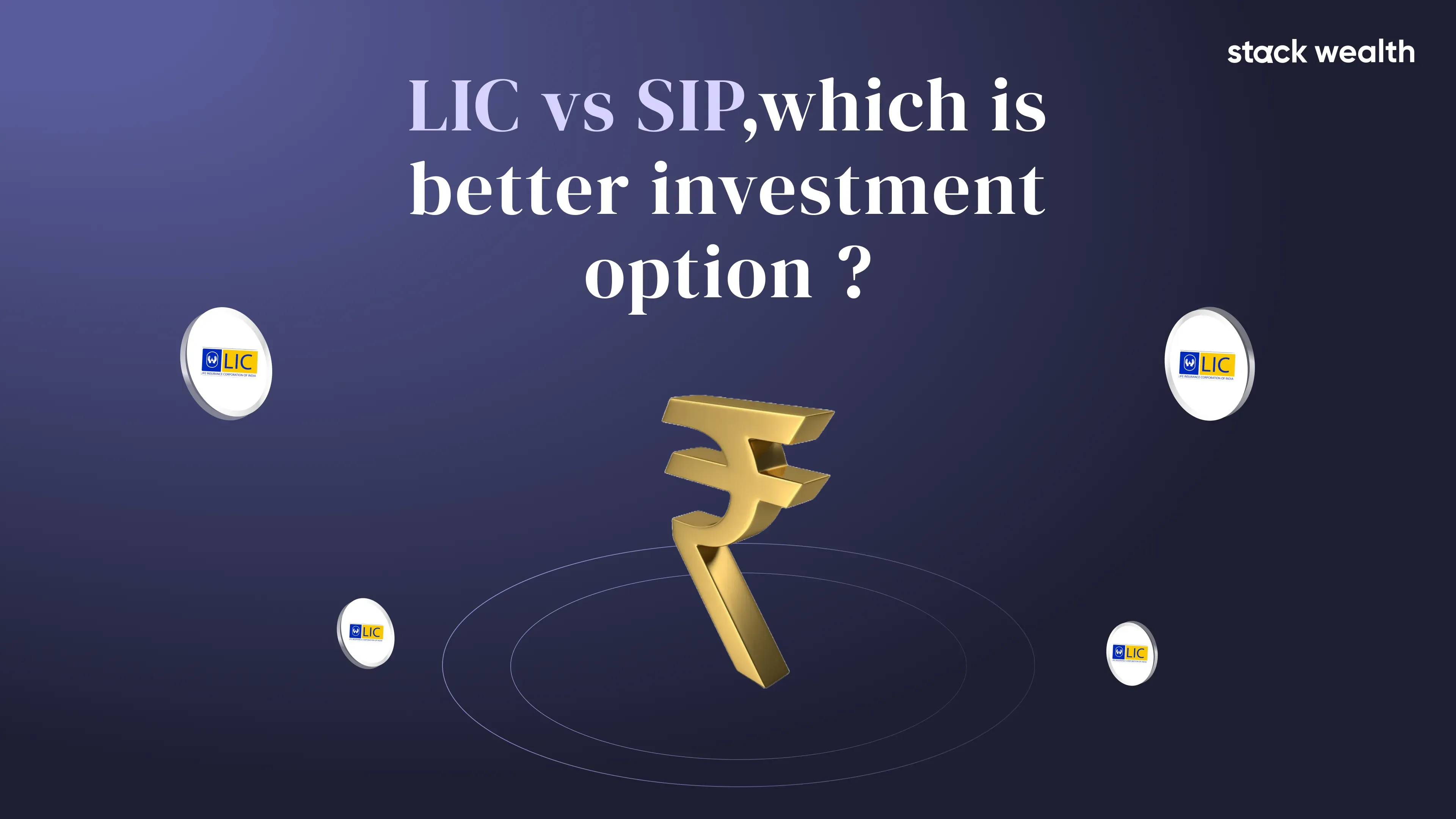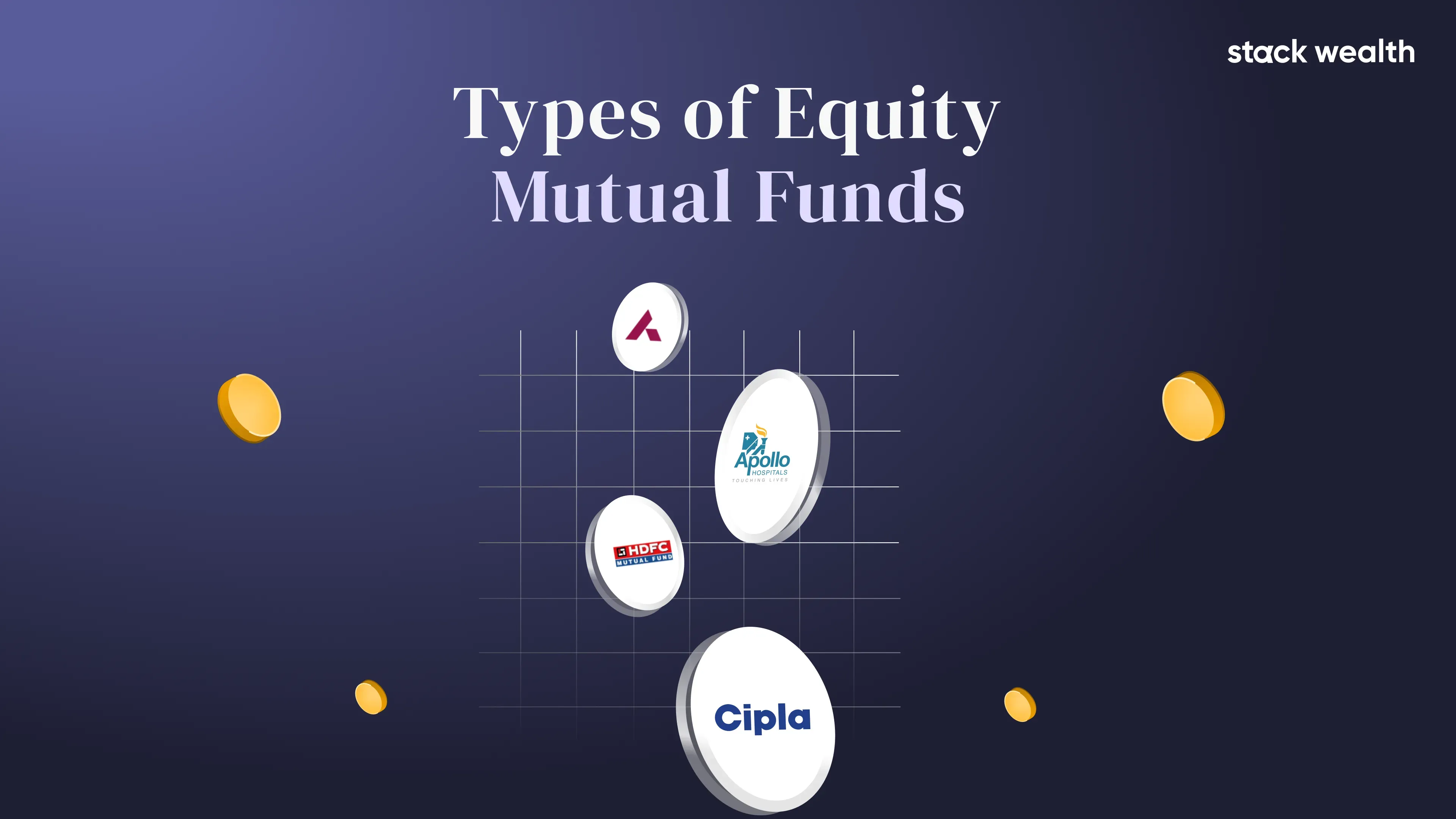Best Mid Cap Mutual Funds
Mid-cap mutual funds invest in medium-sized companies, offering a balance between risk and growth potential. By understanding how mid-cap mutual funds work and their advantages, you can make informed investment decisions for long-term wealth creation.
What is the Mid Cap Fund?
A mid-cap Mutual Fund primarily invests in mid-sized companies, typically ranked between 101st and 250th by market capitalisation. These companies fall between large-cap and small-cap, offering a balance of growth potential and moderate risk. With mid-cap funds, investors can benefit from the growth of emerging companies while diversifying their portfolios.
Features of Mid Cap Mutual Fund
- Mid-cap companies have the potential to grow rapidly, offering higher returns than large-cap funds.
- Though riskier than large caps, mid cap funds are less volatile than small-cap funds.
- These funds provide stability and growth, making them ideal for a balanced portfolio.
- According to SEBI, at least 65% of the fund’s assets should be allocated to mid cap stocks.
List of Top Schemes of Mid Cap Mutual Funds
Advantages of Mid Cap Funds
- Higher Growth Potential: Mid cap companies are often in the expansion phase, offering more significant growth opportunities compared to large-cap companies.
- Diversification: Investing in mid cap funds balances risk by diversifying your portfolio across various sectors.
- Risk-Reward Balance: These funds strike a balance between the high risk of small caps and the stability of large caps, making them suitable for moderate risk-takers.
- Potential for Long-Term Gains: Investors seeking long-term wealth creation may find mid cap funds rewarding, especially when held for over five years.
Working of Mid Cap Mutual Funds Work
Mid cap mutual funds pool money from various investors and allocate it to companies with a mid-range market capitalization. Fund managers analyze the growth potential, financial health, and market trends of mid cap companies to maximize returns. These funds generally perform well during periods of economic growth, as mid-sized companies tend to expand faster than large corporations.
Who Should Consider Investing in Mid Cap Mutual Funds?
Mid cap funds are ideal for:
- Moderate Risk Investors: Those willing to take on more risk than large-cap funds but less than small-cap funds.
- Long-Term Investors: Individuals looking to stay invested for at least 5-7 years to capitalise on the growth potential of mid-sized companies.
- Diversified Portfolio Seekers: Investors aiming to balance large and small-cap exposure with moderate-risk investments.
How to Invest in Mid Cap Funds?
Investing in mid cap funds is simple and can be done through:
- Direct Plans via AMC Websites: You can invest directly through the Asset Management Company’s website for lower expense ratios.
- Third-Party Platforms: Online Apps like Stack Wealth make the process seamless.
- Through Advisors or Banks: Financial advisors or bank services can help you choose the right mid cap funds.
Taxation on Mid Cap Funds
Mid cap funds are taxed as equity funds. Here’s how:
Short-Term Capital Gains (STCG): If you sell your investment within three years, a 20% tax on profits applies.
Long-Term Capital Gains (LTCG): For holding periods longer than three years, profits up to ₹1 lakh are tax-free. Gains above ₹1 lakh are taxed at 12.5% without indexation benefits.
Investing in mid cap mutual funds can be an excellent way to balance growth and risk in your portfolio while capitalising on the potential of emerging companies. These funds offer a balanced approach to growth and risk, making them suitable for investors with a moderate risk tolerance and a long-term investment horizon. With the potential for higher returns from emerging companies, they provide a solid option for portfolio diversification. However, investors should assess their financial goals and market conditions before investing.
















